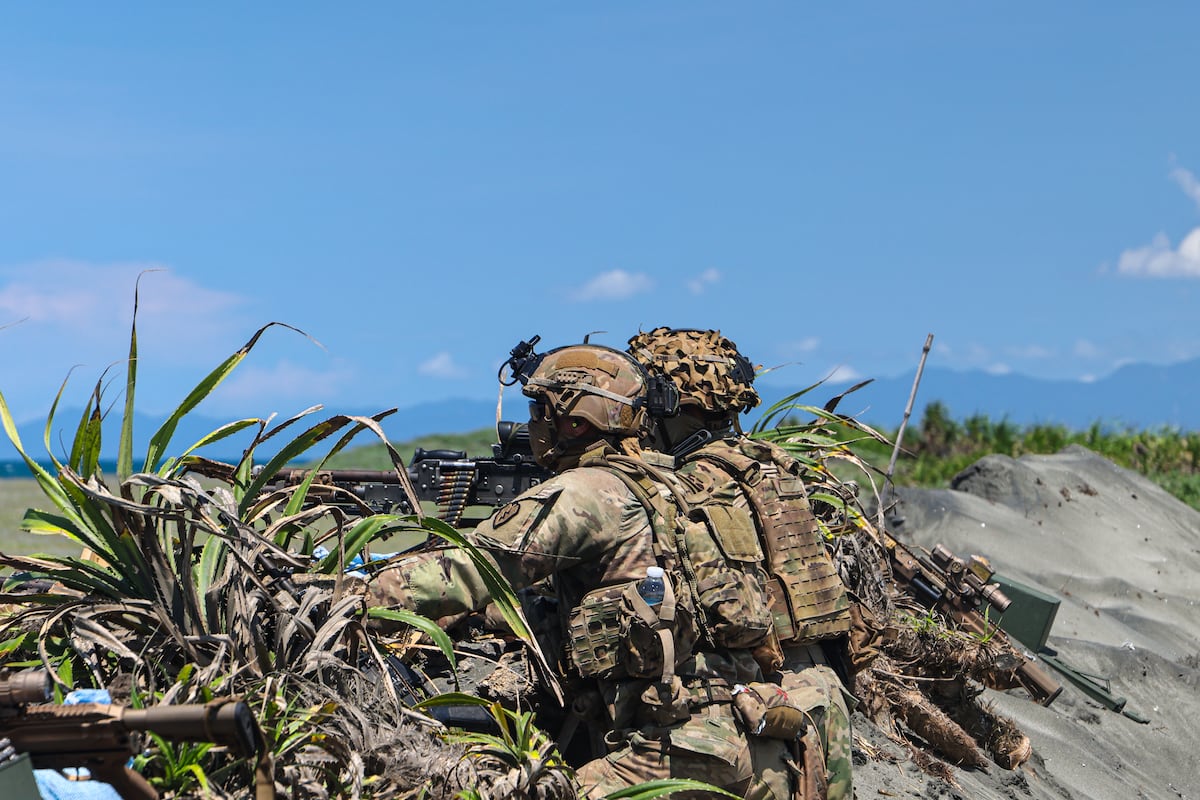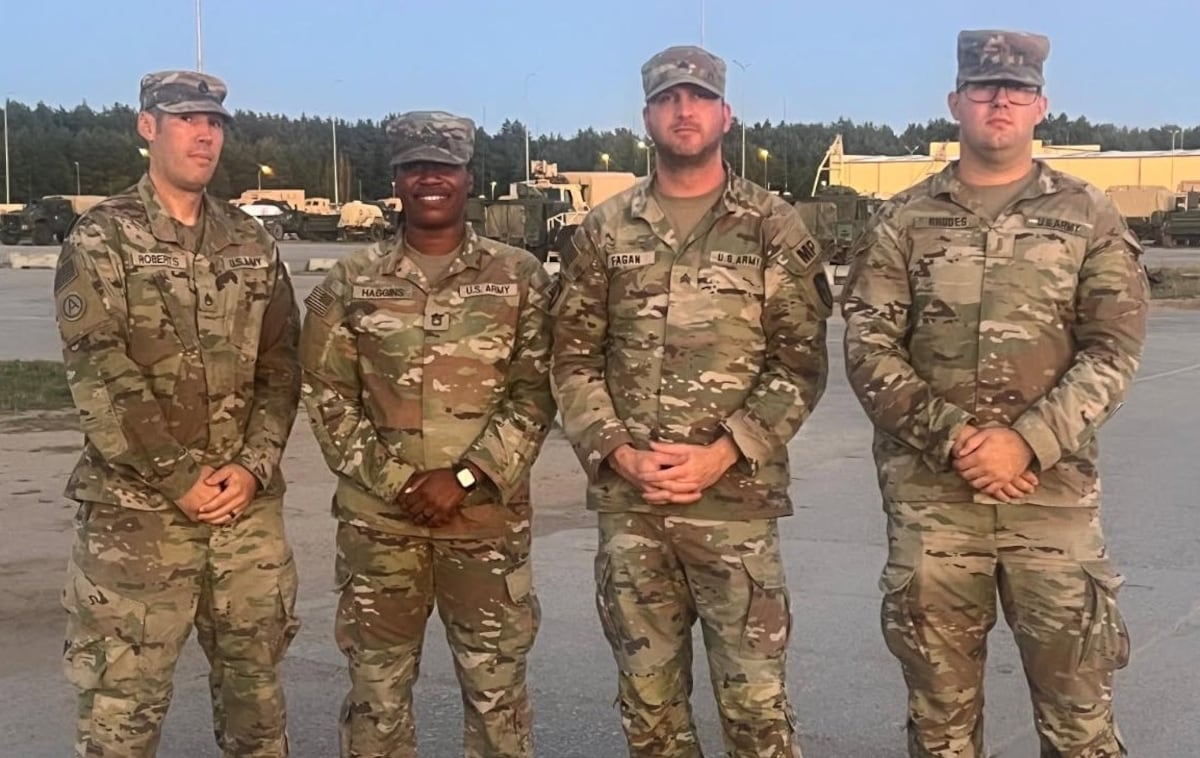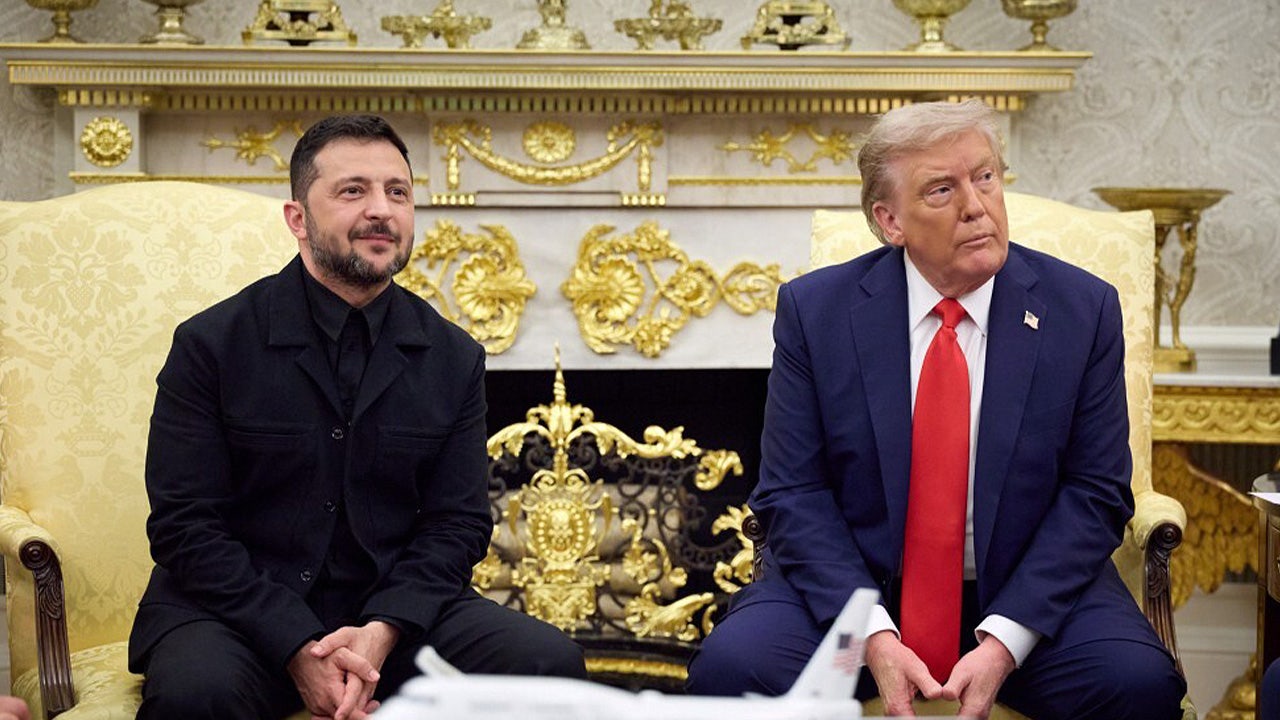Seeing farther, striking deeper, this brigade is pushing its drones

Soldiers with the Hawaii-based 25th Infantry Division are in the midst of a training exercise with Philippine allies that has them pushing farther and striking deeper with the help of new drones.
The 2nd Mobile Brigade Combat Team, 25th Infantry Division, is forward deployed in the Philippines, training with the 7th Infantry Division of the Philippine Armed Forces as part of a Joint Pacific Multinational Readiness Center, or JPMRC, exercise.
Maj. Gen. Marcus Evans, 25th Infantry Division commanding general, told Army Times on Monday that the most challenging part of the exercise so far has been the environmental factors. High temperatures and monsoon conditions have slammed troops as they’ve operated across islands and jungles in the Luzon area of the Philippines.
The exercise marks the brigade’s second evolution of the Army’s Transformation in Contact, or TIC, initiative following its first evolution in 2024. As part of the initiative, which seeks to modernize and evolve formations as they prepare for real-world deployments, soldiers received new drones, counter-drone equipment and electronic warfare tools.
RELATED
Since then, the unit has been issued farther-reaching drones with both medium- and long-range capabilities, giving soldiers nearly 10 times the range of previous drones.
Last year, units were limited to about a 3-kilometer distance for drones to scout enemy locations. Now they can see, sense and strike targets as far as 30 kilometers out, Evans said.
“It creates increased survivability,” Evans said of the striking range. “It enhances their ability to protect themselves with greater standoff and strike with loitering munitions or weaponized drones.”
Meanwhile, the brigade also brought 3D printing capabilities, which it has used to make replacement parts for equipment and build nearly 50 first-person-view drones so far during the exercise, he said.
The brigade brought an estimated 2,000 soldiers from Hawaii and Guam for the exercise, with Philippine partners bringing about the same amount of manpower.
They’re facing off against a simulated battalion-size enemy force equipped with its own drone, counter-drone and electronic warfare capabilities.
During its Philippine rotation last year, which was also an exportable combat training center evolution, the brigade didn’t have infantry squad vehicles. This time, however, it does, and the vehicles have made a major difference for troops in both mobility and sustainability, Evans said.
The Army’s TIC initiative first focused on the brigade level with dismounted units. The second iteration is looking to make similar changes in mechanized or armor formations. That also ties in division-level assets.
On this run for the 2nd Mobile Brigade Combat Team, the 25th Infantry Division is using its headquarters to simulate a larger force and bringing division assets, such as long-range fires, to the brigade.
Troops are also using the 25th Infantry Division headquarters to synchronize and integrate with the Philippine’s 7th Infantry Division headquarters, Evans said.
“[Their] main objective is procedural interoperability,” Evans said. “U.S. and Philippine forces train sustainment, movement and maneuver together. See further, sense better and be able to strike.”
Following the initial field training, the units will gather at Fort Magsaysay, Philippines, and then conduct a combined maritime, land and air movement of more than 400 kilometers into “enemy” territory north of the outpost to Camp Melchor F. dela Cruz in mid-June, he said.
Todd South has written about crime, courts, government and the military for multiple publications since 2004 and was named a 2014 Pulitzer finalist for a co-written project on witness intimidation. Todd is a Marine veteran of the Iraq War.







